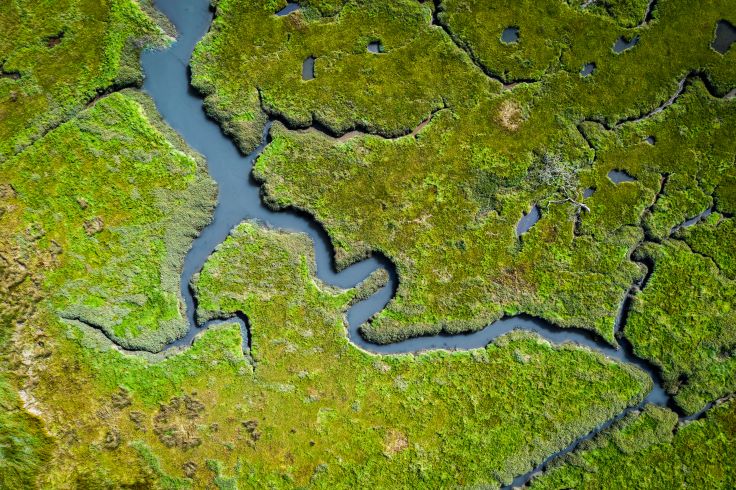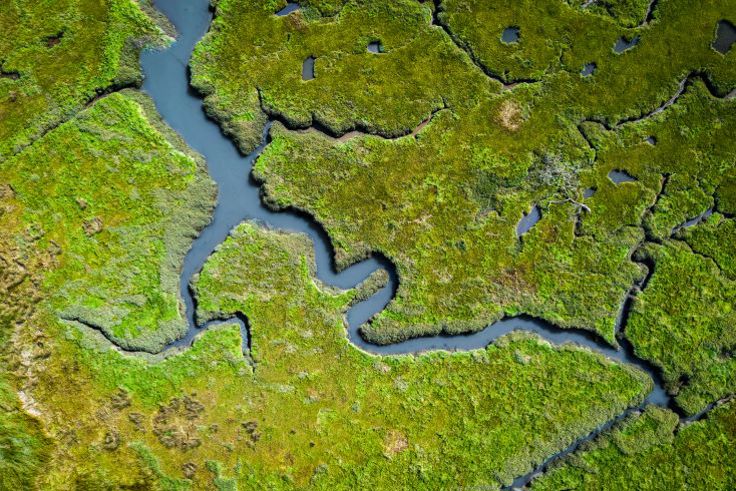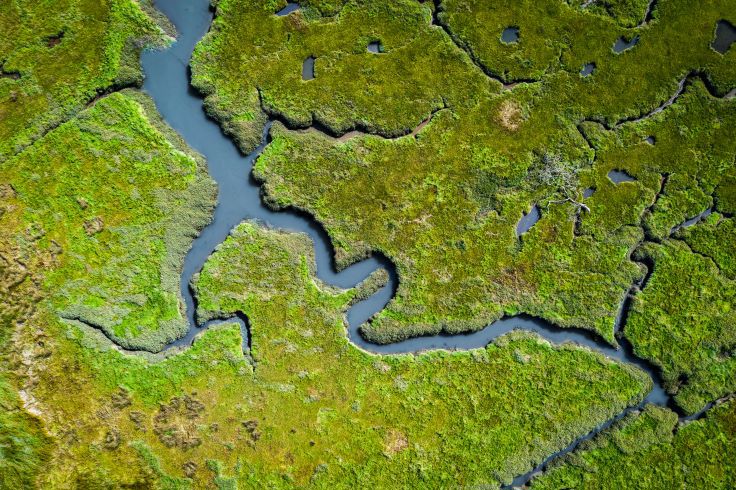
WOTUS: EPA’s New Rule vs. The Supreme Court’s Sackett Case
Understanding the Definition of "Waters of the United States” (WOTUS) and its Impact on the Clean Water Act
The geographical reach of the "Clean Water Act" (CWA) entirely depends on the definition of WOTUS. The federal government enacted the CWA in 1972 to forbid the “addition of any pollutant [to the WOTUS] from any point source” without a permit. 33 U.S.C. §§ 1311 & 1362. In this way, the CWA makes it unlawful for any point source, located anywhere within the WOTUS, to add any pollutant to those waters in the absence of a permit. Outside the WOTUS there are no CWA restrictions on water polluting activities, though many states, to include Virginia, have enacted state laws that regulate water pollution taking place beyond the WOTUS.
Why have so many people fought so hard for so long over the definition of WOTUS?
The short answer is . . . money. Sometimes people apply for a permit and are told “no”. But, in the overwhelming majority of cases they are told “yes” and the permit is granted. There is a price tag in both situations. The cost to prepare the application can be substantial. The permit process can be time-consuming and expensive. The terms in the permit can require the applicant to acquire costly pollution control equipment and/or those terms can require the applicant to adjust his or her operation in ways that are unwanted, painful and/or costly. Then there are those who try to avoid these costs by setting up shop in WOTUS without a permit, hoping not to get caught. This course of action, like the others, can be costly. There are CWA civil penalties up to $56,460 per day, per violation, and, in extreme cases, CWA criminal penalties which can include up to 15 years of imprisonment and/or a fine. Money is what drives the tussle over the meaning of WOTUS.


Shutterstock: Joe E J
WOTUS and Wetlands
The regulation of wetlands is the most highly charged issue in the fight over the definition of WOTUS. Things run hot in this area of the law, as evidenced by the exceedingly high number of public comments (770,000) submitted in 2019, when the Trump administration repealed the 2015 definition that was crafted by the Obama administration, and the further fact that the revised definitions of WOTUS were met with multiple legal challenges in various district and circuit courts promptly after the revised definitions are promulgated. The federal power over wetlands spreads the regulatory authority of the CWA inland. The depth and width of the federal reach depends entirely on the definition given to WOTUS. This all takes place against the backdrop that includes the tradition that control of land use planning is reserved to state and local government. The public has grown to accept CWA regulatory authority in most water bodies during the 51 years since the enactment of the CWA. Not so with wetlands.
A water body typically has a transitional strip of soggy land lying in the zone between the water body and the dry land above it. Depending on topography, this soggy strip of transitional land can be narrow or quite wide. The WOTUS terminates when the upland is reached, hence the soggy strip of transitional land forms a part of WOTUS and has been given the shorthand label “wetlands”. There are approximately one million acres of wetlands in Virginia; 25% are tidal wetlands, and the remaining 75% are non-tidal. Nearly all of these 250,000 acres of tidal wetlands are found in and around coastal Virginia, in addition to the non-tidal wetlands also found here.
My webinar in early 2022 explains the milestones in the 51-year epic saga where heavily resourced factions fight one another regarding the reach of federal wetlands jurisdiction. The dueling definitions of WOTUS, from the enactment of the CWA in 1972, through the Biden administration’s announcement in June 2021 that it will settle the matter by promulgating its own definition of WOTUS, are covered in slides 11-14 in the powerpoint slide deck, and are discussed during the webinar.

Shutterstock: Steve D
Action on Two Fronts May Complicate Things
In June of last year, the Biden administration announced in the Federal Register that it would revise the definition of WOTUS. In December 2021 it promulgated its proposed rule revising the definition of WOTUS (86 Fed. Reg. 69372, Dec. 7, 2021). The agency received over 114,000 written public comments on the proposed rule. Just two weeks ago, in late December 2022, the Biden administration released its 514-page newly revised definition of WOTUS. This article provides a good description of how the new definition would work. That new WOTUS definition has yet to be published in the Federal Register but, once it is so published, the new WOTUS definition will take effect 60 days later . . . at which time it will no doubt be met with multiple legal challenges in various district and circuit courts, the likely result of which is that the new WOTUS definition will be in legal limbo for some lengthy, indeterminate, amount of time.
Meanwhile, as I have already written in this blog, the U.S. Supreme Court has taken a case that assesses whether WOTUS allows federal wetlands regulators to require a wetlands permit before Mr. and Mrs. Sackett can develop their one-half acre lot, located 300 feet from Priest Lake in Idaho. There is no “continuous surface water connection” between the lake and the property but the EPA claims wetlands regulatory authority because it believes there is a “significant nexus” with Priest Lake such that the Sackett’s intended plans would affect the “physical, chemical, or biological health” of Priest Lake. The Supreme Court agreed to take the case in January 2022, about one month after the Biden administration published its proposed new definition of WOTUS in the Federal Register. The Supreme Court heard the Sackett case in October 2022; a decision is expected at some point in the first half of 2023 . . . perhaps at about the same time that the new WOTUS definition fashioned by the Biden administration takes effect (based on the passage of 60 days from the date when it is published in the Federal Register).
Most observers doubt that the Biden administration’s WOTUS definition will align with the forthcoming Supreme Court decision in Sackett, which raises an interesting question . . . what next? One savvy onlooker, noting the court is populated with six Republican-appointed justices, suggests that the court’s decision in Sackett will “upend” the Biden administration’s WOTUS definition.
The Biden administration chose not to wait for the court’s decision before going public with its new WOTUS definition. Perhaps it believed the court would embrace the administration’s new WOTUS definition, and would incorporate the administration’s approach into the forthcoming decision in Sackett. This would be quite an accomplishment, should it come to pass, just as being forced to re-do the WOTUS definition would be embarrassing and wasteful of government resources if the Sackett court applies WOTUS in a way that differs from the definition the administration seeks to establish.
Either way . . . stay tuned because it is going to be interesting.
Conclusion
The attorneys on our Waterfront Property Law Team have strong connections, significant legal experience and go the extra mile for our clients to get the job done. A few years ago one of our attorneys kicked off his shoes and got in the water to fend off a criminal enforcement action. The attorney got soaked in the process, but he protected our client from facing criminal charges.
Contact Jim Lang if you would like to see him publish more information on how the wetlands laws affect waterfront property owners in the state of Virginia. Of course, you can always contact Jim for his advice and assistance in connection with needs specific to your particular situation.